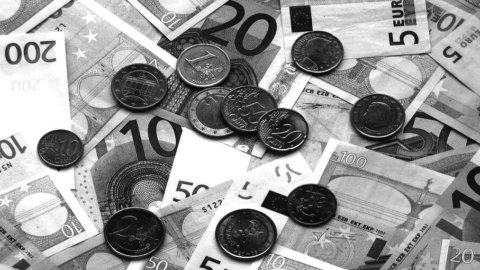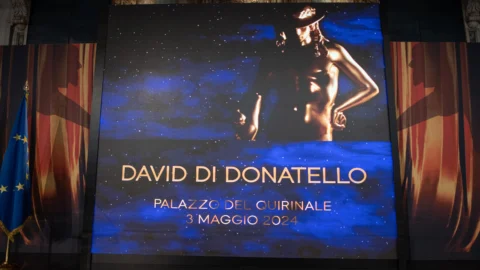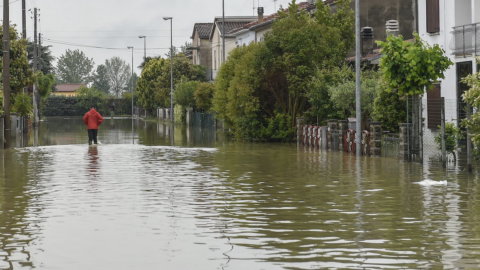One hundred and eighty billion euros. As much as the GDP of the whole of Greece and more than ten percent of Italy's GDP. This is what Lazio's gross domestic product amounts to. A region, like others in Italy, where some shoots of recovery are beginning to emerge. But they must be taken care of. Reinforced and extended.
Among the more signs of a turning point in the Lazio economy, the number one palm goes to exports. In the four quarters ending in March 2015, the region's total exports approached 19 billion euros, with a recovery of about sixty percentage points compared to the minimum of 12 billion reached at the end of 2009. Even better, the annual export flows are today four billion higher than the pre-crisis values of spring 2008. Focusing attention only on the data for the first quarter of 2015, the annual increase in Lazio doubles that of the whole of Italy: exports made between January and March grow yoy of 6,7% in the region and 3,2% nationally.
The liveliness of Lazio exports is mainly fueled by the more highly technological sectors, starting with the pharmaceutical sector which alone accounts for 44 percent of regional exports. The first quarter numbers do not yet show the contribution of means of transport which are instead among the protagonists of the ongoing relaunch of Made in Italy on international markets. But, probably, it's just a question of waiting a few quarters. After the so-called “Melfi effect” there will be a “Cassino effect”. From the Renegade to the new Giulia. After the successes of the new models produced by FCA in the Lucanian settlements, it may be the turn of the plants in lower Lazio to benefit from innovation and investment policies also intended to involve local related industries.
Last but not least, the ongoing recovery of regional exports offers a further element of reflection at the level of outlet markets for the "made in Lazio". In the first quarter of 2015, exports from Lazio to the United States of America doubled, giving further impetus to a trend which in 2014 had already seen an increase of 25 percent. Today, for every ten euros exported from Lazio, one goes to the United States. This is a positive element, first of all for the geopolitical stability and for the prospects for expansion which, better than many others, are typical of the American market today.
Lazio exports are strong, but Lazio exports remain small. Only five percent of the 400 billion of total Italian exports. Just over ten percent of the regional GDP. The opportunity for the recovery that is now sprouting should not be lost. It should be used to consolidate and expand the region's export capacity by linking it to key drivers of innovation and investment. But innovating and investing costs money, especially if the goal is to position oneself in niche products and high-end markets. It is necessary to find adequate resources and financing which is not easy to find after long years of crisis which continue to weigh on the accounts of companies as well as those of the banks. Suffice it to think how in Lazio, over the past three years, bank non-performing loans relating to the business sector have almost doubled, going from 10 to 18 billion, while outstanding loans have decreased by about a quarter, from 103 to 78 billion.
In Lazio, as in other territories, a common commitment is needed to ensure adequate finance for the investments necessary to make the shoots of recovery take root and extend. A commitment that involves local administrations, the main local banks and international players such as the European Investment Bank. This is the recent case of the EIB-Regione Lazio program "Loans for SMEs" which will see the activation of credit lines in favor of Lazio's SMEs and Mid-Caps for a total of 170 million euro. One hundred and seventy million euros are about one in a thousand of the region's GDP. It may seem little, but it is not so since the Juncker Plan itself, in its entirety, mobilizes resources that represent less than one percent of the gross product of the entire European Union of 28 countries. Beyond the size, it's important to get started right away. Trigger a virtuous circle that broadens the visibility of good businesses from Lazio. And, starting from exports and credit, work together on an overall project to relaunch the competitiveness and development of Lazio, and above all of Rome.





